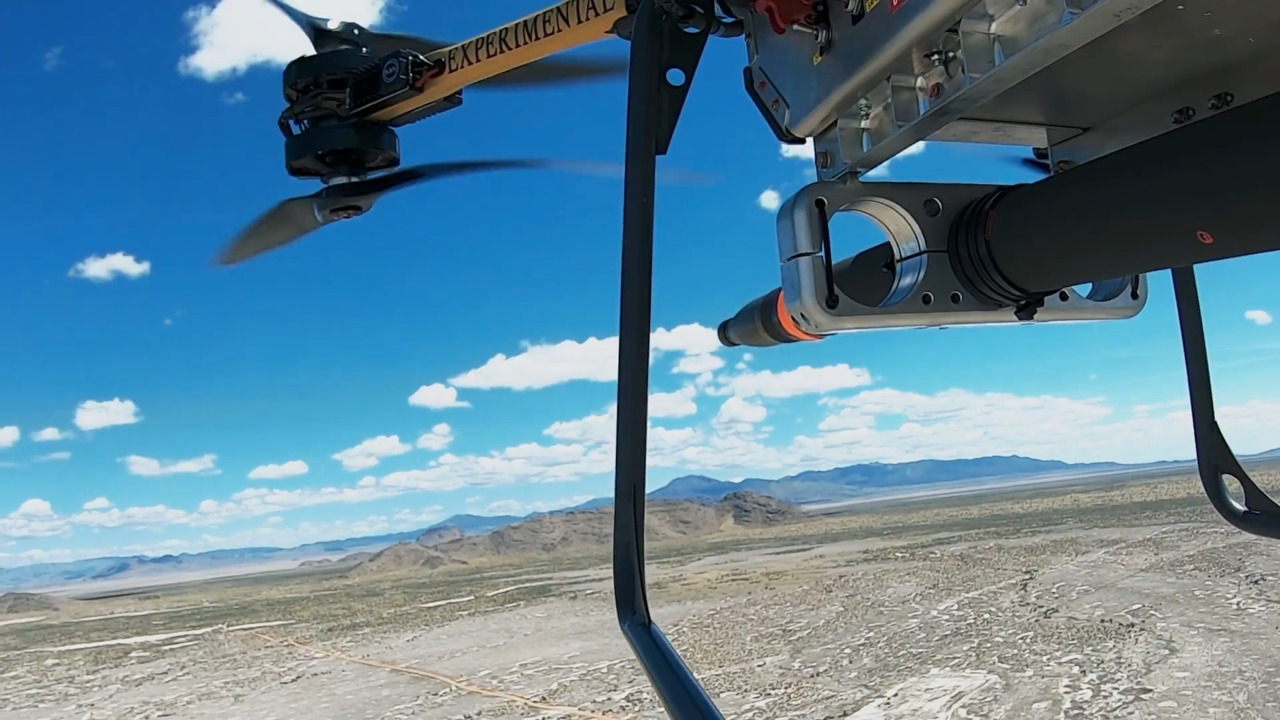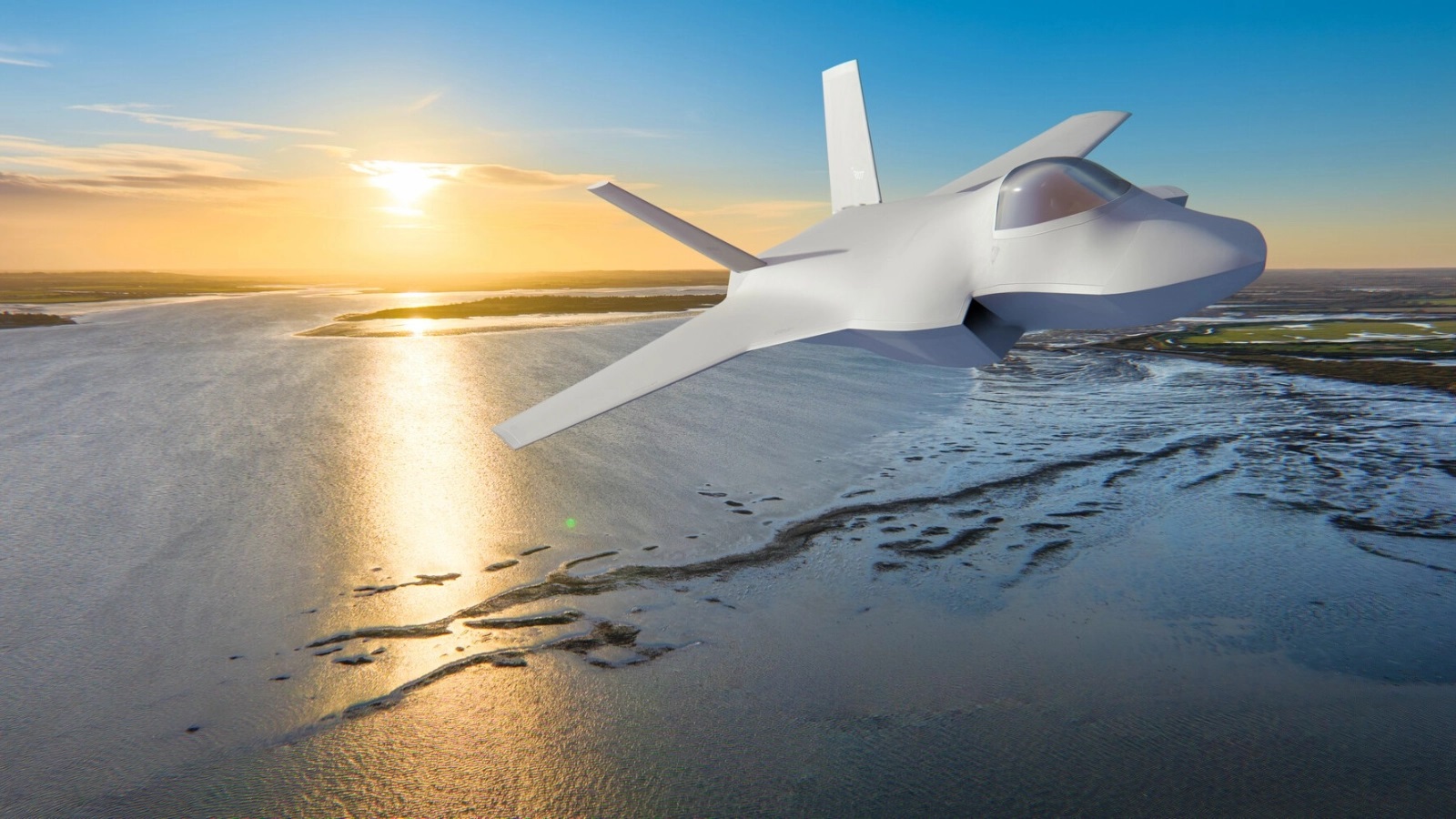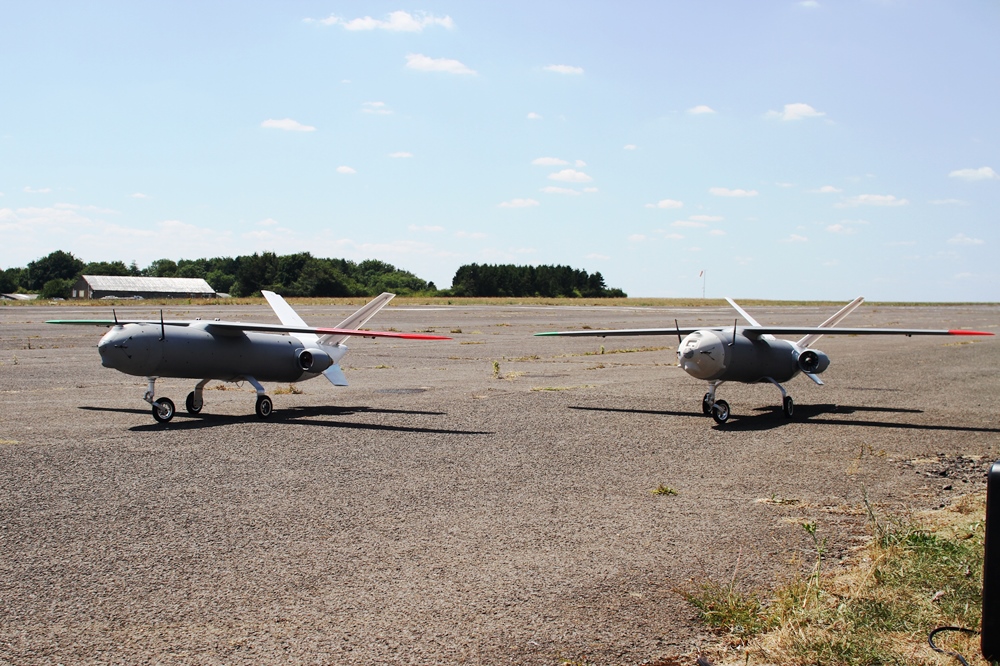DASA seeks affordable and adaptable UAS autonomy solutions

Image courtesy DASA
Funded by the Army Rapid Innovation and Exploitation Laboratory (ARIEL), a part of the Army’s Futures Directorate, this competition seeks proposals that can help UK Defence develop affordable and adaptable autonomous air systems (UAS) to boost the British Army’s domination of the 'near surface' (0-10,000ft above ground level) in future conflicts.
The goal of this initiative is to counteract the proliferation of adversary UAS capabilities while taking advantage of emerging technologies.
Key dates and funding
- Up to £800,000 (ex VAT) is available to fund multiple proposals
- The deadline to submit a proposal is midday 27th July 2023
A better ‘brain in the plane’
Military systems need high levels of assurance to operate reliably in the most demanding environments. Increasingly, we are seeing examples of civilian systems providing easy to use, modular hardware and software packages to improve performance of autonomous systems in benign environments, opening up the opportunity to incorporate leading-edge disruptive thinking from civil platforms into military systems.
Incorporating dual use technology that is ready for use in multiple platforms will likely reduce costs and allow military users to take advantage of fast-development cycles. Army Innovation is looking for the best ways to improve the ‘brains’ in autonomous systems without excessive drains on power, increased detection, increased weight, over-reliance on permanent reach back communications or increasing cost.
Competition Challenges
This competition has two challenges:
- Challenge 1: low-cost reliable effects
To meet the demands of this challenge, the platform must be able to quickly search a location of at least 4km2 and detect potential targets of interest within 15 minutes. After completing a search, the platform must be able to sort and identify targets for a further action. Ideally, the system should also be able to cue a variety of actions, such as making an onboard decision or presenting a decision to an operator, through interoperability. The platform must be able to do this in all weathers during daylight hours and in reasonable weather at night.
- Challenge 2: low-cost survivability
An autonomous platform must be able to navigate to its destination despite challenges such as an unreliable GPS signal and electro-magnetic interference. It must also be able to survive against evolving counter-air and counter-uncrewed air system threats. Effective systems will provide simple and reliable solutions to changing threats, will increase survivability against direct fire and electro-magnetic interference, and will offer intelligible outputs that can interoperate with a number of different software backbones.
To read the full competition document, learn more and submit a proposal: www.gov.uk/government/publications/competition-affordable-and-adaptable-unmanned-air-systems-autonomy












